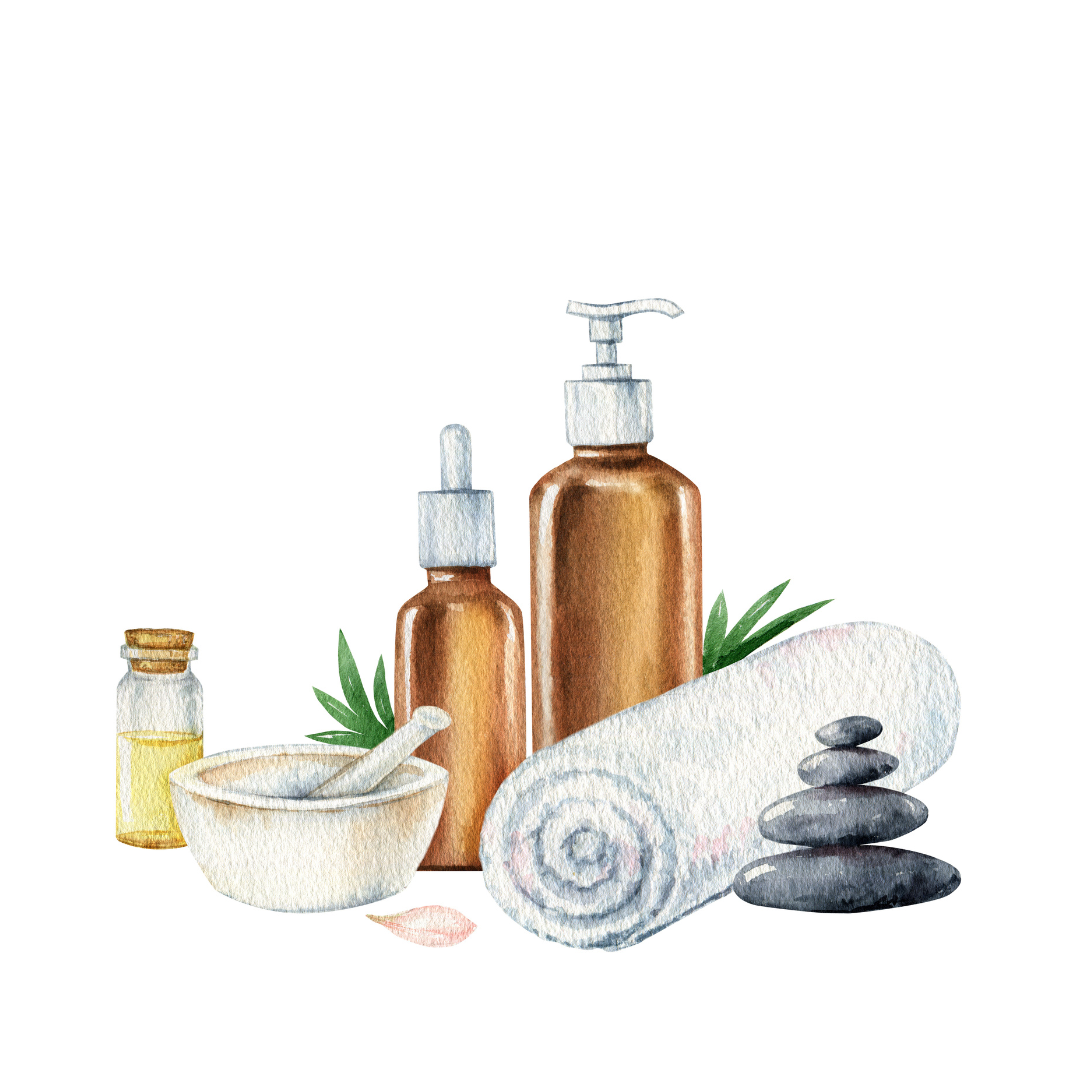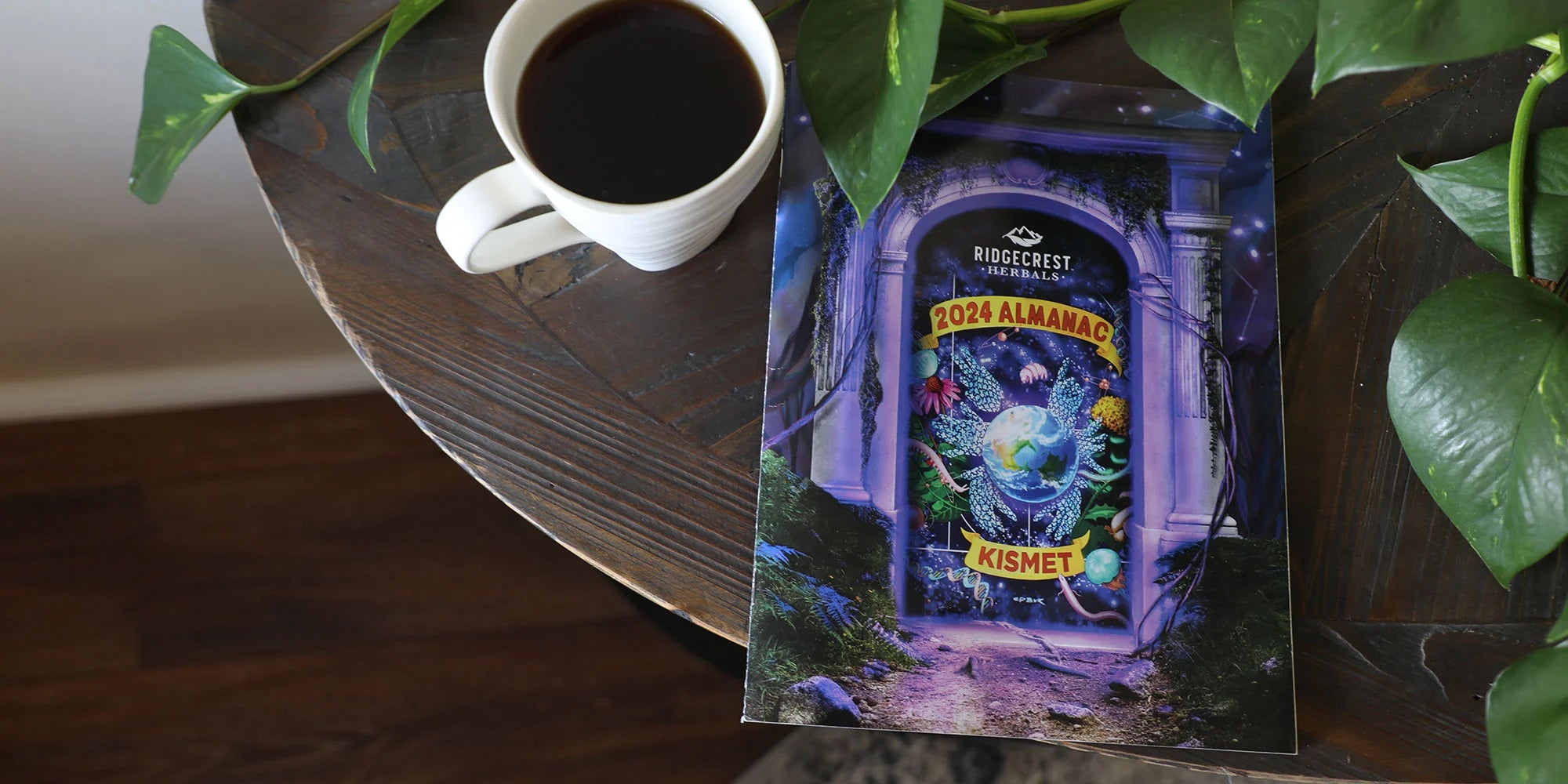There is a lot of reasons people think they don’t need a massage. They may believe it is a luxury, an indulgence of rich, bored housewives, that it has sexual undertones, etc. None of this is true. In fact, true massage therapy is incredibly good for your health, and an essential part of your preventative care. It has many benefits, and with all the different modalities available, there is something for everyone. Let’s talk about massage therapy and its benefits, and how it really is for YOU!
Massage therapy dates back at least over 5,000 years, used in many ancient cultures for its medical benefits. It has been passed down through oral traditions, and the first written records are found in China & Egypt as early as 2700 BCE, found in the first known Chinese text called “The Yellow Emperor's Classic Book of Internal Medicine.” Depictions of massage therapy can be found in Egyptian tomb paintings. Modern Swedish massage was developed in the early 1800’s. Ayurvedic massage dates back thousands of years as well.
Massage Modalities
Now that we have gotten the hard stuff out of the way. There is a massage for EVERYONE! Let's talk about the different modalities of massage and which modality will work the best for you. There are as many as 250 different types of massage and bodywork, and the list keeps getting bigger. These modalities range from energy work (that doesn’t involve touch), to deep, rigorous work. Each modality uses different strokes, techniques, approaches, pressure, and movements as well as focus on different targeted areas.
Here are some of the modalities:
- Swedish massage is the most common massage and was developed in the 1800’s. It utilizes light to medium pressure and is good for improving circulation, easing muscle tension, relaxation and improving flexibility.
- Deep Tissue massage manipulates the deeper tissues and uses moderate to hard pressure for tension release, focusing on the muscles located just below the surface of the top muscle. It is used to release toxins and for deeply held problems and issues such as chronically tight muscles, strains and injury.
- Deep Pressure massage is performed with deep pressure that is sustained and strong with intense pressure throughout the entire full body session. This is typically used to prep the muscles for deep tissue massage and will open the first two layers of muscle tissue, helping to eliminate aches and pains.
- Trigger point is commonly used and paired with deep tissue work for the release of specific tight areas within the muscle tissue. These tight areas are caused by adhesions of the fascia and a shortening of muscle fibers resulting in a trigger point. These specific points can cause what is called a referred pain pattern in another area.
For example in the picture to the right, the X represents a trigger point and the red represents the referred pain pattern.
- Prenatal or Pregnancy massage incorporates basic massage techniques that are safe for a pregnant woman. This is most commonly done with the client positioned on her side with pillows or cushions for support. Prenatal massage helps to reduce swelling and fatigue as well as tension and aches that arise from the additional weight of pregnancy.
- Hot Stone utilizes hot stone to help relax the tissues on a deeper level. Heated rocks are used to provide compression with a slower rhythm. Typically found in a spa. Other Spa techniques used are scrubs, dry brushing, and aromatherapy, which utilizes essential oils to enhance the massage.
- Sports Massage is a targeted form of massage for athletes. Done both before and after sporting events, it helps to relieve swelling and tension, improve flexibility, prevent injuries, enhance performance and reduce fatigue.
- Thai or Thai Yoga massage is based on ancient healing techniques from India & Asia. It is an interactive manipulation of the body using passive stretching, gentle pressure and deep compressions to improve flexibility, stimulate internal organs, reduce stress & tension, as well as loosen stagnation in the body leaving you energized and renewed.
- Myofascial Release is where therapists manipulate connective tissue, using friction and stretching. All muscles, arteries, bones and organs are held together by a thin sheath of fibrous tissue called fascia (that thin, translucent, layer covering a chicken breast when you cut into it). Fascia can be affected by prolonged tension, trauma, stress, injury and not enough movement. When the fascia gets tight or damaged it can lead to tension, inflammation, constricted movement and pain.
- Lymph Drainage Massage uses very light, circular massage in the direction of the body’s lymphatic flow. Lymph is the clear fluid containing white blood cells that flows throughout our tissues, collecting bacteria (not unlike a garbage truck) and brings them to our lymph nodes where the bacteria can be destroyed. The lymphatic system is responsible for our immunity. Lymph massage is helpful in moving metabolic waste out of the body, reducing swelling after surgery or injury, cellulite reduction and improving the immune system. It is contraindicated for people with infections, tumors, undiagnosed lumps or people with heart issues.
- Craniosacral is a form of bodywork that uses gentle touch to manipulate the synarthrodial joints of the cranium. The craniosacral system is comprised of the membranes and cerebrospinal fluid that surrounds and protects the brain and spinal cord. This system plays a vital role in maintaining the environment that the central nervous system functions in. This modality helps to free up the tissues in this system, enhancing the flow of the fluid which helps improve whole body function, boost the immune system, promote relaxation and balances the central nervous system.
- Acupressure dates back 5000 years and is part of Traditional Chinese Medicine. It is similar to acupuncture, but uses deep finger pressure instead of needles to stimulate energy. It applies pressure to specific points in the body to help remove blockages, increase energy flow, reduce stress and promote health and harmony in the body.
-Shiatsu is the most widely known form of acupressure and uses rhythmic pressure from 3-10 seconds on specific points along the body's meridians to unblock and stimulate the flow of energy. This modality may also use gentle stretching and range of motion manipulation.
-Reflexology is an acupressure technique that focuses on the hands and feet and is used to relieve tension and treat illness using reflex points or meridian pathways that are linked to every part of the body. It is an ancient form of therapy with evidence dating back to China, Egypt and the North American, Native American Tribes from hundreds to thousands of years.
- Structural Integration, Rolfing and Hellerwork all work on the idea that when one part of the body is out of balance or misaligned, the rest of the body attempts to compensate until the entire structure is weakened. These modalities manipulate the myofascial tissues and assist the body to reorganize, lengthen and integrate itself into wholeness.
While Hellerwork follows the same principles as Rolfing & Structural Integration, it has more emphasis on client/practitioner dialogue to work on releasing patterns of stress and movement exercises to eliminate bad habits.
- Lomi Lomi is a Hawaiian restorative massage technique that has been handed down from ancient Hawaiian healers. The strokes are similar to shiatsu but gentler and shorter, using pressure with the fingers at certain points. Two identifying techniques of authentic LomiLomi are the emphasis on spirit-body connection and the use of the forearms and elbows as practitioner tools. There are two styles of Lomi Lomi. The first style is Temple Style, which uses primarily forearms while integrating movements that are circles or figure eights. This is designed to confuse the thinking mind, inviting the client to surrender and let go of anything no longer serving them. The second style is Sacred Lomi which has roots in Temple Style, but also incorporates many principles and practices that support practitioners and clients on their quest to heal themselves and others. The practitioner is taught to listen with their entire being and to surrender to the guidance of divinity, which allows grace to transmute all stuck energies to pure light and love. All styles of Lomi Lomi integrate some form of movement, chant, prayers, as well as the core intention of aloha.
- Integrative massage is combined with the use of deep breath work to help assist in the release of emotional issues trapped in the body. Long fluid strokes are used to move energy from the head down and out through the hands and feet.
- Reiki is a spiritual, vibrational healing art practice. The word Reiki comes from the Japanese words, Rei- Universal Life and Ki- Energy. This tradition was founded in the early 20th century and is based on the principle that the therapist can help channel energy into the client by means of light, non-invasive placement of the hands in specific positions, either on or above the body. There is no massage or manipulation. It is believed to help relieve pain, restore vitality, promote balance physically and emotionally and aid in spiritual growth.
- Trauma Touch Therapy is a ten session certified program designed to meet the needs of clients who have experienced trauma or abuse in their lives. The client and therapist create an emotionally safe and nurturing environment where healthy boundaries can develop. Through this focused awareness of sensation, breath and movement in the body, one can be gently reconnected with the emotions, mind and spirit, while helping to heal trauma.
These are just some of the many modalities out there. Each modality has a specific target and there could be multiple modalities for one issue. Massage isn’t just for vacation or the rich. Massage isn’t “sex work”. Massage is a necessity for your body! Do some research to find out what will work best for you and then go look for a therapist that will be your perfect fit. Happy massaging!



